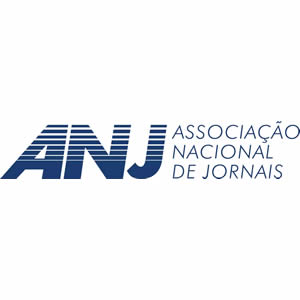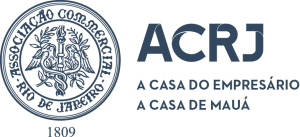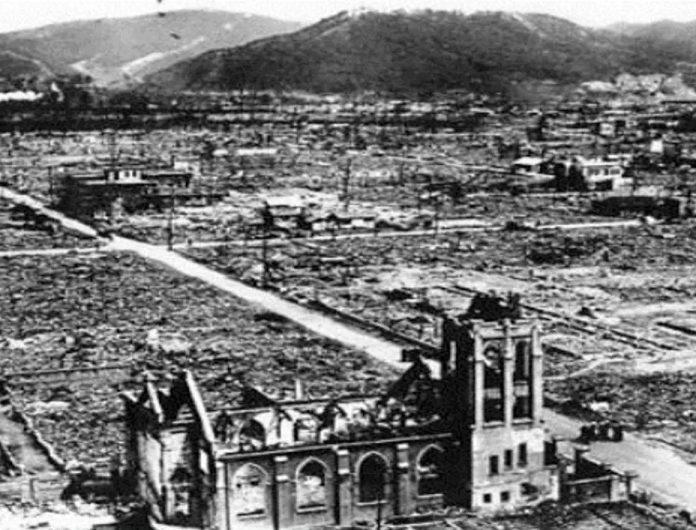
“scroll down for english version”
Centenas de exames médicos atestam o inexplicável. Mesmo estando ao lado de onde caiu a bomba atômica em 1945, os religiosos que viviam na Igreja de Nossa Senhora da Assunção saíram ilesos e sem contaminação radioativa.
O relato do Padre Schiffer no Congresso Eucarístico de Fildélfia em 1976, e depois reproduzido pelo National Catholic Register, é que os religiosos tinham acabado de celebrar a missa do amanhecer. Terminada a missa ele se dirigiu para a cozinha e, pretendendo terminar o jejum, viu um grande clarão. Houve um estrondo, como de um trovão ensurdecedor sobre a sua cabeça, que o surpreendeu enquanto uma força invisível o levantou da cadeira e o fez girar pelo ar. Flutuando, ele foi sacudido, golpeado, e girou e girou como se fosse uma folha numa rajada de vento outonal. A seguinte lembrança foi de perceber que estava deitado no chão e que decidiu abrir os olhos. O Padre Schiffer sentiu alguns cacos de vidro na nuca. Foi o único dano físico que sofreu.
Os religiosos logo saíram para a porta da igreja para tentar entender o que havia acontecido. É difícil imaginar o assombro que foi eles olharem em volta e perceberem que não havia mais nada de pé ao redor. A cidade que poucos instantes antes pulsava havia praticamente desaparecido e a estação de trem próxima, com todos os prédios do entorno, era como se nunca tivessem existido. A foto tirada naquele ano de 1945 pouco depois da bomba atômica, que registrou os homens de batina na porta da igreja, imóveis, olhando para um vazio desafiado por alguns poucos escombros é de arrepiar. É uma daquelas fotos antigas que podem ser longamente contempladas, que parecem nunca revelar completamente as histórias que guardam.
Pouco tempo depois chegaram os médicos e cientistas do Exército Americano. E explicaram ao Padre Schiffer e aos demais que se preparassem pois seus corpos começariam a se deteriorar por causa da radiação, assim como ocorria com a parcela da população que tinha conseguido sobreviver na área. E os dias foram passando. Para a surpresa dos médicos, e logo nos primeiros exames, perceberam que o Padre Schiffer não acusava contaminação radioativa e nem apresentava efeito adverso algum da explosão nuclear. Outras sequelas esperadas para quem estivesse no epicentro, como surdez e queimaduras pelo corpo causadas pelo “forno atômico” tampouco ocorreram. Ao longo do tempo tanto o Padre Schiffer quanto os outros religiosos da Igreja de Nossa Senhora da Assunção foram examinados e entrevistados por especialistas, médicos, cientistas. E cada vez se comprovava o inexplicável fenômeno de terem escapado ilesos. Nas muitas ocasiões em que foi perguntado, ao longo de dezenas de anos, o padre afirmou ter sido examinado umas duzentas vezes. E, na falta de explicação médica ou científica, o argumento insistentemente defendido pelos próprios religiosos foi a proteção especial da Santíssima Virgem por quem tinham uma especial devoção. Assim, em resposta ao Santo Rosário e à vivência diária das mensagens de Fátima, ela teria protegido com um escudo invisível, uma redoma resistente à explosão nuclear, o inteiro espaço onde habitavam e rezavam.
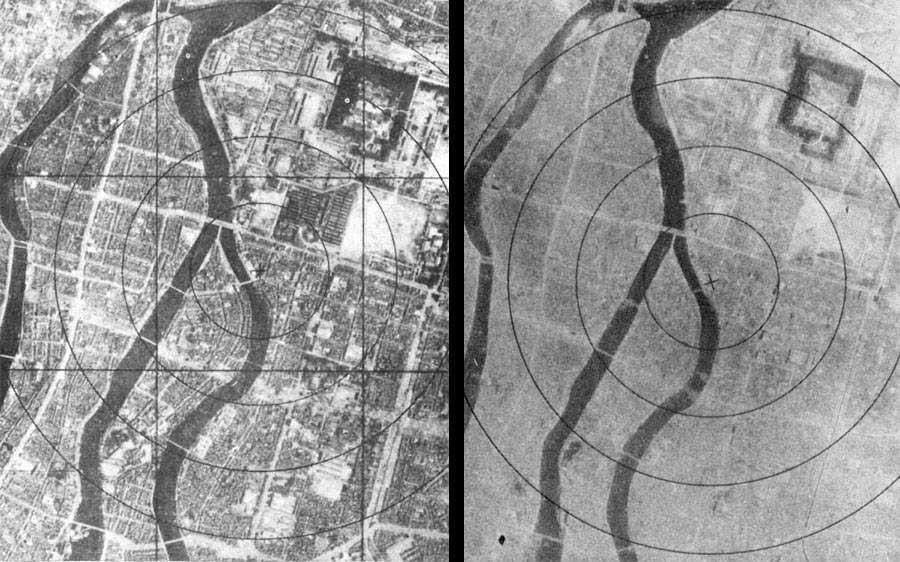
O milagre de Hiroshima que este ano, no dia 6 de Agosto, fará oitenta anos é uma centelha de resistência da fé em meio a um inimaginável tormento que foi imposto à população civil japonesa mas também, em especial, aos católicos. Há, igualmente, coincidências da história sobre as quais talvez não convém divagar. A primeira coincidência é que, de uma extensa lista de cidades japonesas, acabaram sendo escolhidas justamente as duas cidades que concentravam a população católica no país, Nagasaki e Hiroshima, para além de uma segunda coincidência que seriam algumas afiliações privadas do presidente norte-americano à época. Seja lá como for, o Japão tem uma história consistente de heroísmo e martírio católicos, de uma fé que permanece firme perante aniquilamentos que vem desde o século XVI.
Era o ano de 1597 e São Paulo Miki, com mais dezenove católicos japoneses e seis estrangeiros, foram obrigados pelo governo do xogunato Toyotomi Hideyoshi a fazer uma marcha de 800 km de Kyoto a Nagasaki, sofrendo todo tipo de humilhações, fome e frio pelo caminho. E, uma vez chegando ao destino em Nagasaki, encontraram vinte e seis cruzes prontas e armadas sobre o Monte Nishizaka. À exemplo do que aconteceria mais tarde durante a revolução francesa, os mártires católicos de Nagasaki passaram serenos pelo seu calvário, cantando, perdoando seus carrascos e ouvindo o último sermão, inspirador e animador, que São Paulo Miki fez da sua cruz. É interessante que mais este extermínio de católicos teve o efeito inverso ao pretendido e trouxe mais fiéis para uma vivência espiritual que existiu na clandestinidade por centenas de anos. Até o século XX, o católico que fosse descoberto no Japão arriscava a tortura e a morte. À estes cristãos católicos ocultos, que praticavam sua fé na clandestinidade, deu-se o nome de Kakure Kirishtan. Os Kakure Kirishtan representam um dos mais formidáveis e heroicos exemplos de resistência civil e o fato de São Paulo Miki e seus companheiros crucificados no Monte Nishizaka, junto com São Francisco Xavier, serem os padroeiros do Japão é bem coerente com a sua história.
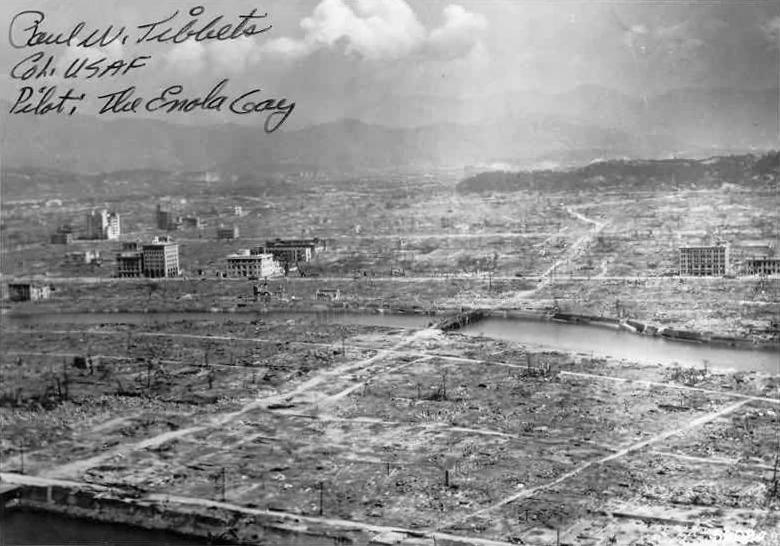
A espiritualidade católica do Japão é ainda relativamente pouco conhecida, especialmente se comparada à sua monumentalidade, construída sobre discretas pedras inquebráveis de fé que tudo suportaram e tudo resistiram ao longo dos séculos. Discretas são também as extraordinárias e proféticas intervenções divinas mais recentes, de 1973, que ocorreram na região japonesa de Akita e que, nas palavras do então Cardeal Ratzinger, depois Papa Bento XVI, refletem as mensagens de Fátima, algumas das quais indizíveis até hoje no Ocidente. Discreta será também a lembrança dos 80 anos do milagre da Igreja de Nossa Senhora da Assunção em Hiroshima. E não será porque foram uns poucos a saírem totalmente ilesos, após uma bomba atômica literalmente explodir sobre suas cabeças, que seu testemunho de proteção divina é menos importante. É do Japão que emanará uma voz que quase não se ouvirá, e que de modo especial neste ano, mais uma vez, lembrará que é possível resistir qualquer coisa que te atire o mundo.
The 80th Anniversary of the Miracle of Hiroshima
Hundreds of medical examinations have confirmed the inexplicable. Despite being near the epicenter of the atomic explosion in 1945, the clergymen residing at the Church of Our Lady of the Assumption emerged unscathed and free from radioactive contamination.
Father Schiffer’s account at the Eucharistic Congress in Philadelphia in 1976, later reproduced by the National Catholic Register, describes how the religious community had just finished celebrating the early morning Mass. After the Mass, he went to the kitchen, intending to break his fast, when he saw a great flash of light. A deafening thunder-like explosion erupted above his head, taking him by surprise as an invisible force lifted him from his chair and hurled him into the air. As he soared, he was shaken, battered, and spun around like a leaf caught in an autumn gust of wind. The next thing he recalled was lying on the ground and deciding to open his eyes. Father Schiffer then noticed a few shards of glass on the back of his neck—this was the only physical injury he sustained.
The clergy quickly went to the church door to try to understand what had happened. It is hard to imagine the shock they must have felt as they looked around and realized that nothing was left standing. The city that moments before had been bustling had practically vanished, and the nearby train station, along with all the surrounding buildings, seemed as if they had never existed. The photo taken in 1945, shortly after the atomic bomb, showing the priests in their clerical robes at the church door, motionless, staring at an emptiness interrupted only by a few scattered debris, is chilling. It is one of those old photos that can be gazed at for long periods, as if it will never fully reveal the stories it holds.
Soon after, American Army doctors and scientists arrived. They explained to Father Schiffer and the others that they should prepare, as their bodies would begin to deteriorate due to the radiation, just as it was happening to those who had managed to survive in the area. As the days passed, to the medical team’s surprise, and after the first few examinations, they realized that Father Schiffer showed no signs of radioactive contamination and suffered no adverse effects from the nuclear explosion. Other expected aftereffects for those around the epicenter, such as deafness and burns from the “atomic furnace,” also did not occur. Over time, both Father Schiffer and the other religious men from the Church of Our Lady of the Assumption were examined and interviewed by experts, doctors, and scientists. And each time, the inexplicable phenomenon of their having escaped unscathed was further confirmed. In the many occasions he was asked over the course of several decades, Father Schiffer stated that he had been examined about two hundred times. And, in the absence of any medical or scientific explanation, the argument persistently put forth by the religious order was the special protection of the Blessed Virgin, to whom they had a particular devotion. Thus, in response to the Holy Rosary and their daily living of the messages of Fatima, they believed that the Blessed Virgin had protected the entire space where they lived and prayed with an invisible shield, a dome resistant to the nuclear explosion.
The Hiroshima miracle, which will mark its eightieth anniversary on August 6th this year, is a spark of faith’s resilience amidst the unimaginable torment imposed on the Japanese civilian population, and especially on Catholics. There are also certain historical coincidences that might, perhaps, be best left unexplored. The first coincidence is that, out of an extensive list of Japanese cities, it was precisely Nagasaki and Hiroshima—the two cities that concentrated most of the Catholic faithful in the country—that were chosen, along with a second coincidence tied to some private affiliations of the American president at the time. In any case, Japan has a consistent history of Catholic heroism and martyrdom, with a faith that remains steadfast in the face of annihilation dating back to the 16th century.
In 1597, Saint Paul Miki, along with nineteen other Japanese Catholics and six foreigners, was forced by the government of the Toyotomi Hideyoshi shogunate to march 800 kilometers from Kyoto to Nagasaki, enduring every form of humiliation, hunger, and cold along the way. And, upon reaching their destination in Nagasaki, they found twenty-six crosses already prepared and set up on Mount Nishizaka. In a manner similar to what would later occur during the French Revolution, the Catholic martyrs of Nagasaki serenely endured their Calvary, singing, forgiving their executioners, and listening to the final sermon—both inspiring and encouraging—that Saint Paul Miki delivered from his cross. It is interesting that this extermination of Catholics had the opposite effect of what was intended, drawing more people into a spiritual life sustained in secrecy for centuries. Until the 20th century, any Catholic discovered in Japan risked torture and death. These hidden Catholic Christians, who practiced their faith in secret, were called Kakure Kirishtan. The Kakure Kirishtan represent one of the most formidable and heroic examples of civil resistance, and the fact that Saint Paul Miki and his crucified companions on Mount Nishizaka, along with Saint Francis Xavier, are the patrons of Japan is quite fitting with their history.
The Catholic spirituality of Japan remains relatively unknown, especially when compared to its monumental stature, built upon discreet, unshakable stones of faith that have withstood and resisted all challenges over the centuries. Equally discreet are the more recent extraordinary and prophetic divine interventions of 1973 in the Japanese region of Akita, which, in the words of then-Cardinal Ratzinger (later Pope Benedict XVI), reflect the messages of Fatima, some of which remain indescribable in the West to this day. The remembrance of the 80th anniversary of the miracle at the Church of Our Lady of the Assumption in Hiroshima will also probably be discreet. The fact that only a few emerged completely unharmed after an atomic bomb literally exploded above their heads does not mean that their testimony of divine protection holds any less significance. It is from Japan that a voice will emanate, one likely to remain unheard, and which, especially this year, will once again remind us that it is possible to resist anything the world throws at you.
Olav Schrader é especialista em patrimônio cultural, escritor, palestrante, consultor e gestor de projetos. Tem Bachelor´s Degree e M.A. – Master of Arts pela Universidade de Amsterdam, Reino dos Países Baixos e Diploma de Pós-Graduação pela Universidade de Deusto, Espanha, na área de Relações Internacionais, com ênfase em História e Cultura. Desde 2006, participa de projetos ligados ao Patrimônio Cultural Brasileiro. Foi superintendente do Instituto do Patrimônio Histórico e Artístico Nacional no Rio de Janeiro, de 2020 a 2023.




